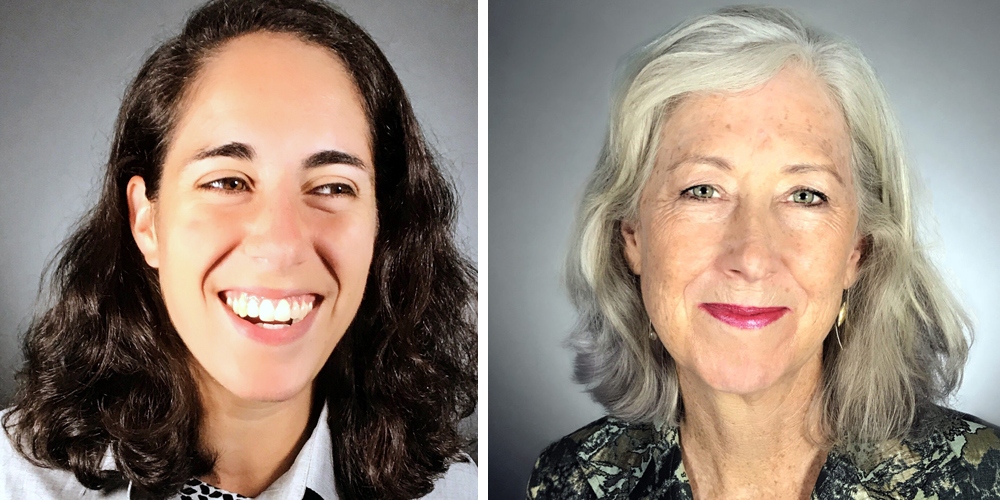

Over the past decade, the use of multiple medications (clinically known as “polypharmacy”) has skyrocketed among older adults. Aging brings ailments and chronic illnesses, and more illnesses generally lead to more prescriptions. But every additional medication taken by an older person increases the risk of a serious side effect. As medication use has dramatically increased, too many older adults are simply overloaded with medications that are more likely to harm rather than help them.
The result has been increased rates of adverse drug events (ADEs). These events run the gamut from dizziness and falls to delirium, heart attack, stroke, and even death. In 2018, more than 280,000 people over age 65 were hospitalized for an ADE, and another 5 million sought care at a doctor’s office or emergency room.
Medication overload is especially prevalent in nursing homes, because residents tend to be older and frailer, with multiple chronic conditions. While 42% of Americans over 65 are taking five or more prescription medications, more than 90% of long-term care residents take more than five medications and 65% take more than 10. As a result, nursing home residents are at a very high risk of experiencing a serious drug side effect. An estimated 2 million ADEs occur each year in nursing homes, and 1 in 7 residents are hospitalized each year as a result of an adverse drug event.
Governments, organizations and individual facilities have all taken actions to reduce harm from adverse drug events in nursing homes. The Indiana Department of Health created the “SMART” campaign for deprescribing in nursing homes. A campaign led by the Centers for Medicare and Medicaid Services (CMS) reduced the national prevalence of antipsychotic use in long-stay nursing home residents by 30% over four years. Long-term care organizations and individual facilities have also created pilot programs and adopted initiatives to reduce inappropriate prescribing and ADEs.
However, institutions and policymakers still could do more to ensure that nursing home residents are not burdened by overmedication. Here are a few recommendations for reducing medication overload in long-term care facilities, from our recently released report, “Eliminating Medication Overload: A National Action Plan:”
Recognize potential medication harms. The first step toward reducing medication overload is recognizing the harm that medications can cause for elderly and frail individuals. Nursing home administrators and clinicians should all be aware that certain medications, such as antipsychotics, blood thinners, anti-seizure meds and diuretics are especially dangerous for LTC residents. However, the problem is more than just a few “bad drugs.” Common medications such as blood pressure medications, statins and diabetes medications have less of a preventive benefit for older adults than younger adults, and if not monitored carefully can lead to serious harm. Even over-the-counter anticholinergic medications can be harmful, especially when combined with other medications. Nursing home administrators should create educational programs and training for clinicians to raise awareness of these medication-related harms and to teach staff how to recognize common side effects.
Implement regular prescription checkups in long-term care facilities. Prescription checkups are visits where the patient (and family member or caregiver) review all their medications with their primary care provider and identify unnecessary or potentially harmful meds that can be safely deprescribed (discontinued or reduced in dose). Nursing homes are required to review all residents’ drug regimens at least once a month, but these reviews do not involve residents or their families meeting with a pharmacist to discuss which medications are working for them. More nursing homes in the U.S. should follow the lead of care homes in the U.K. and the Netherlands, which have started conducting prescription checkups to remove inappropriate medications.
Raise awareness of medication overload among residents and family. Nursing home residents and family members/caregivers may not be aware of the potential harms of taking multiple medications for very old and frail individuals. Even those who have concerns about the number of medications they or their loved one is taking may not feel comfortable bringing up the subject with their care team. Family members and caregivers are often the first to recognize drug side effects, so they should be empowered to start conversations with the care team about medications. Nursing home leadership can encourage these conversations with awareness campaigns that provide information such as medications to avoid; how the harms and benefits of certain medications change as we age; and how to ask for a prescription checkup. This information can be presented in brochures or flyers (like the successful EMPOWER trial) or through lectures, online tools and more.
Nursing home residents face a greater risk of adverse drug events, but many of these events are preventable. With increased awareness, education, coordination and patient/caregiver empowerment, we can avoid harm to millions of long-term care residents.
Judith Garber is a healthcare policy and communications fellow at the Lown Institute and writer of “Eliminating Medication Overload: A National Action Plan.” Shannon Brownlee is senior vice president of the Lown Institute and author of “Overtreated: Why Too much Medicine is Making Us Sicker and Poorer” (Bloomsbury, 2007).






